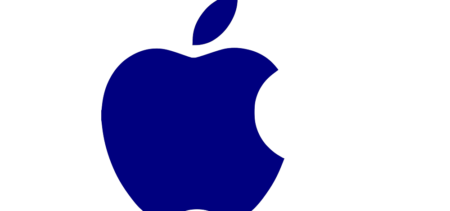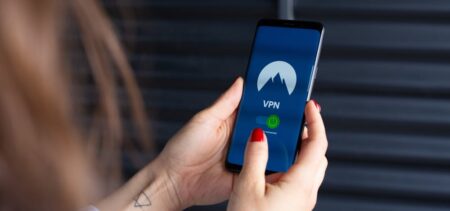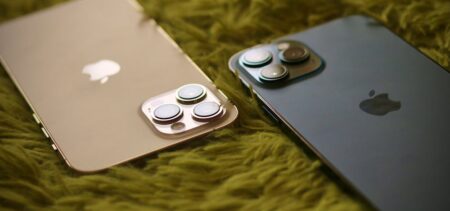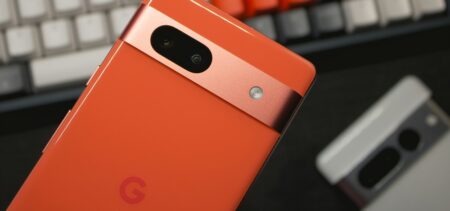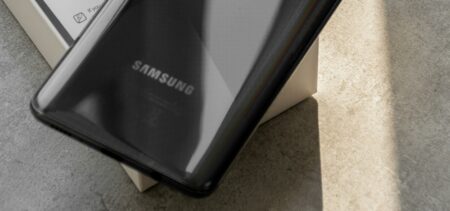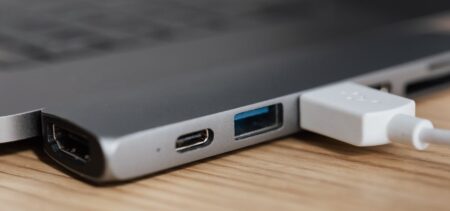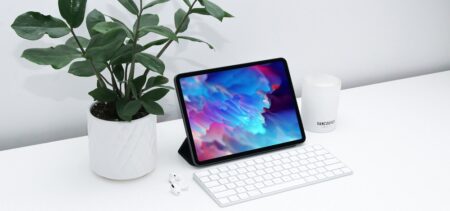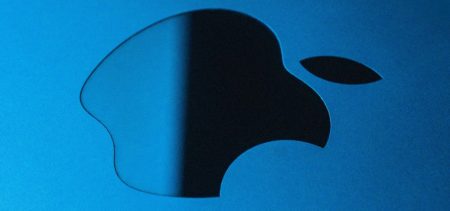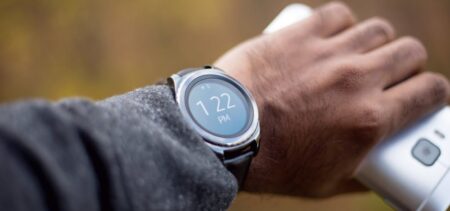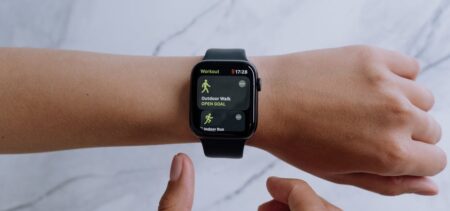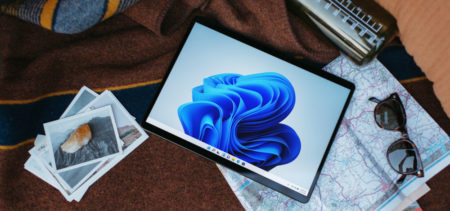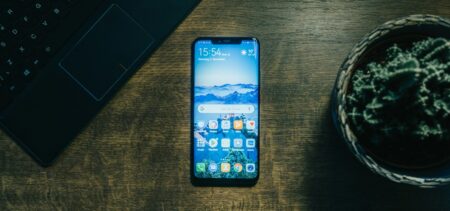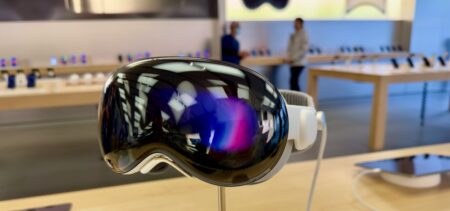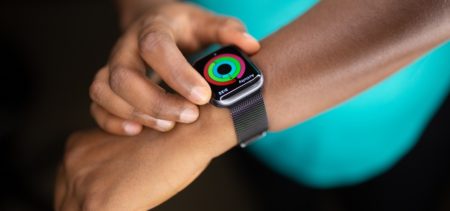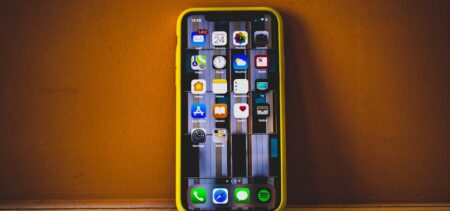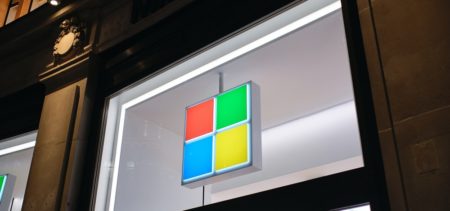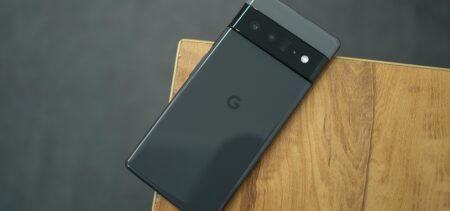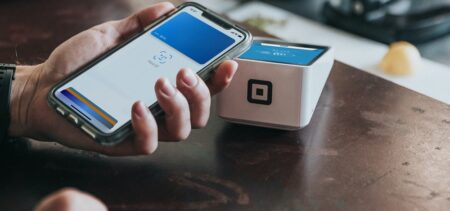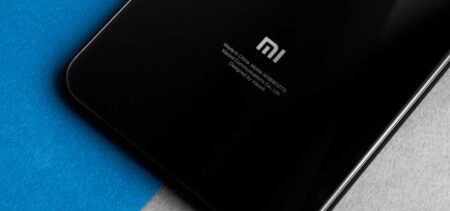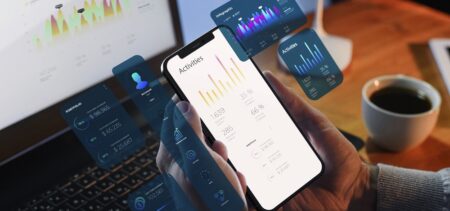Bluetooth Low Energy, abbreviated BLE
Bluetooth Low Energy is a technology first developed by Nokia researchers (2006). It ended up entirely different from the Bluetooth technology, although based on the same standards. iBeacon is Apple’s implementation of BLE, introduced in 2013. Before that the first to integrate the new technology was iPhone 4S in 2011. Google also came up with its own approach by releasing Eddystone.
It’s all about offering interactive connections to our devices. Described as a wireless personal area network technology, BLE needs a small transmitter, the receivers – mobile devices, and the connecting apps. The transmitter size is comparable to a large matchbox, and various designs are available. Its signal strength determines the covered radius. The retailers providing beacons for their products enrich the customer experience.
Yet BLE has had a slow uptake so far. Its functionality is conditioned by a dynamic proximity and by the connected app.
M-payments are another of BLE capabilities. PayPal uses an in-store GPS system called Beacon that allows the merchant to check-in customers. Secure transactions can be performed using the associated app. For the store beacons, the consumer receives the discovery packet on his device and engages in the next step if in appropriate range.
Near field communication, abbreviated NFC
NFC is a technology based on radio frequency identification – RFID (1940). Again we have proximity – the smartphones have to touch or be in a range of 10 cm (3.9 in) from each other. A set of protocols enable the radio communications between devices.
The first phone featuring NFC was Samsung Nexus S in 2010. In 2014, Apple also introduced Apple Pay for NFC-enabled mobile payment on iPhone 6, iPhone 6 Plus, and the Apple Watch, implementing tokenization of its data in order to encrypt it.
The wireless transmitters are called NFC Tags and their size is that of a postage stamp. Unlike BLE, the covered radius is considerably smaller. The consumer must initialize the interaction by placing his NFC smartphone within 4 cm of the NFC Tag.
Comparing the two technologies
• BLE are great for delivering promotions, coupons and offers to the consumer’s smartphone, but it cannot enable location granularity. Airlines are currently using beacons for check-in apps and security check push notifications.
• NFC on the other hand allows scanning the shelf tag for studying the information at ease. NFC is also expanding to advertising, in-store marketing, couponing or loyalty schemes.
• BLE benefits are its minimal power consumption and its relatively cheap price per sensor (yet NFC tags are cheaper).
• NFC presumes unique successive interactions and the tags create their own power when activated by an NFC smartphone – it doesn’t need batteries.
A NFC vs. BLE confrontation
Mobile payment solutions were in the middle of the ongoing competition between BLE and NFC.
In the example of PayPal Beacon, the customer presumably escapes the friction points and it suffices to manifest the will to pay. The merchant will perform all the remaining necessary steps.
The potential of BLE is significant and the fact that they have been around for a while without seeing a surge in popularity amazes. They provide timing and location for the customers experience and could revolutionize shopping.
Recently the choice between NFC and BLE, considering how they added new features, remains mainly a cost driven choice. In general, NFC is better for on-product, on-package and on-shelf apps. BLE is ideal for in store marketing campaigns. But NFC can also subscribe to BLE broadcast by a simple tap, so the “versus” discussion is not so much an organic one.
How about the future?
With added applications like vending machines, wallet finding, keys finding or car parking solution, or even automated messaging, foot tracking, webcam activation or dynamic lighting, the BLE technology could integrate in the larger IoT trend. Having a wireless signal ranging to 70 meters from the store, the beacons may attract an increasing number of retailers.
There were security concerns over the possibility that data may be stolen, hacked or exploited by remotely manipulating the connection. This applies for both technologies when used for m-payment. FIDO (Fast Identity Online) recently introduced additions to support BLE and NFC in two-factor authentication tokens.
NFC might also have a future in the 4.0 industry or the “fourth industrial revolution” – the digitization of industry to a degree where a product might independently go through the production process. NFC (or, why not, BLE) would allow the communication and integration of various devices in the industrial process. A cashless, keyless society, various data accessed by NFC smartphones, healthcare applications – envisage that.
As long as they offer customers an enhanced and welcomed experience and find ways to take advantage of their range limitations, NFC and BLE could also be adopted by more and more retailers and thrive. Depending on their integration to other digital areas, such as IoT or 4.0 industry, these technologies could be tomorrow’s hit.


